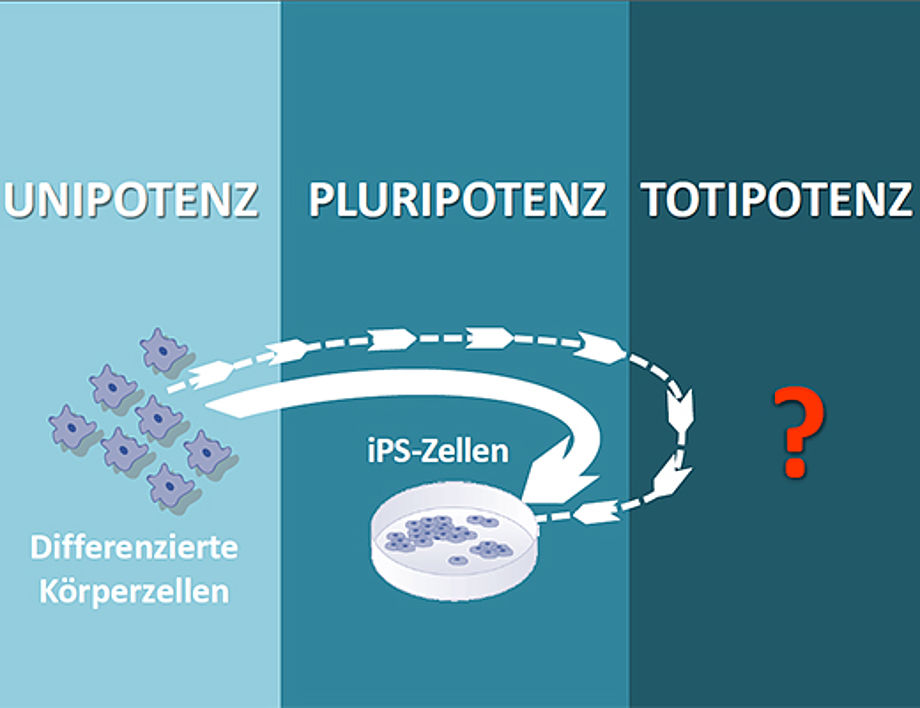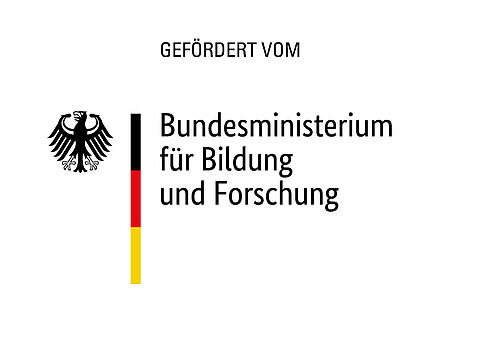Totipotency II: The chatoyant term "embryo"

The project touches fundamental questions of life: Which criteria determine whether an embryonic entity deserves protection by the law? Legal scholars from the University of Passau have examined various embryo definitions de lege lata and de lege ferenda in the light of new techniques of modern developmental biology.
According to the European Court of Justice (ECJ), an embryo is any human organism that has the inherent capacity of developing into a human being. In reverse, this means that cells or multicellular entities which cannot develop autonomously into a human being are not embryos in a legal sense. This was clarified (albeit for the purposes of EU patent law only) by the ECJ in December 2014 in the Case C-364/13, "ISCO/Comptroller General of Patents".
The European Court of Justice does not explicitly, but tacitly, refer to totipotency as a legal criterion for determining whether an embryonic entity deserves protection by the law. Totipotency is also the decisive defining criterion for the legal term “embryo” in the German Stem Cell Act (Stammzellgesetz - StZG) and - in the case of an extremely broad interpretation in complete disregard of the wording - in the German Embryo Protection Act (Embryonenschutzgesetz - ESchG). Totipotent cells are cells that can develop into an individual. However, totipotency appears to be outdated as a normative criterion for determining the legal status of human embryos taking into account several new techniques for the artificial generation of embryonic entities. In particular, totipotency does not seem to be sufficient to constitute the sole and decisive criterion for determining the legal status of cells or multicellular entities. The same applies to the new criterion "qualified development capability" devised within the research project "Totipotency I".
So, which additional criteria define an embryo? Up to what developmental stage must cells be able to develop in order to be considered an embryo? Have cells with natural totipotency to be distinguished from cells having acquired totipotency in a highly artificial way? May intentions affect the normative status of an embryonic entity? Legal scholars at the University of Passau analysed these questions as part of a project supported by the German Federal Ministry of Education and Research (BMBF). The team in Passau cooperated closely with experts from philosophy and medicine. The title of the legal subproject was "Totipotency as Legal Criterion in the Light of Novel Results in Developmental Biology".
The following results were obtained:
- The cell must have a particular development capability. Cells or multicellular entities which can develop into human beings are to be legally protected. Entities such as human parthenotes which cannot develop into human beings are not protected by the law.
- Totipotency is not suitable as a legal criterion in criminal law. Whether a cell is totipotent or not cannot be proved in an ethically justifiable and legally permissible way. This lack of provableness of totipotency means that many statutory offenses laid down in the ESchG can never be committed. However, researchers may be punishable for attempting to commit such offenses. The Passau team concluded that this result is unsatisfactory from the point of view of both criminal law and constitutional law doctrine.
- Various criteria can be used to determine the constitutional status of embryonic entities. The humanness of the base material and a specific development capacity are mandatory constitutional criteria. Only entities which meet these fundamental criteria may have a legal status under Article 1 (1) of the Basic Law (Grundgesetz - GG). The Constitution does not compulsorily define up to which developmental stage single cells or multicellular entities must be able to develop in order to be protected under Article 1(1) GG. Rather, the German legislator has a certain margin of appreciation. In any case, it would be constitutionally permissible if the legislator laid down that only such single cells or multicellular deserve protection by the law which are capable of developing till nidation. Furthermore, fertilization using at least two germ cells of at least two different persons is to be considered a constitutionally permissible, but not mandatory, criterion. On the basis of these criteria, the following legal definition of an “embryo” would be in conformity with the Constitution:
"A legally protected embryo is every human entity that originates from the random fusion of at least two natural or artificial haploid germ cells of at least two persons and that can develop up to nidation if the necessary conditions are met."
Participation and promotion
Prof. Dr. Dr. Thomas Heinemann, holder of the Chair of Ethics, Theory and History of Medicine at the University of Philosophy and Theology Vallendar (Philosophisch-Theologische Hochschule Vallendar - PTHV), coordinated the project. Prof. Dr. Hans-Georg Dederer, holder of the Chair of Constitutional and Administrative Law, Public International Law, European and International Economic Law, headed the legal subproject at the University of Passau. Prof. Dr. Tobias Cantz, Head of the Excellence Cluster REBIRTH at the Medical University of Hannover, contributed findings from stem cell and molecular research.
The project has received funding from the German Federal Ministry of Education and Research (BMBF) for a period of two years.
| Principal Investigator(s) at the University | Prof. Dr. Hans-Georg Dederer (Lehrstuhl für Staats- und Verwaltungsrecht, Völkerrecht, Europäisches und Internationales Wirtschaftsrecht) |
|---|---|
| Project period | 01.06.2014 - 31.05.2016 |
| Verlängert bis: | 30.09.2016 |
| Website | http://www.jura.uni-passau.de/dederer/bmbf-projekte/bmbf-projekt-ii/ |
| Source of funding |  BMBF - Bundesministerium für Bildung und Forschung |

